In the realm of modern lighting solutions, LED Downlights have gained immense popularity for their energy efficiency, longevity, and versatile illumination. However, one common question that often arises among homeowners and lighting enthusiasts is whether LED downlights require a transformer. In this comprehensive guide, we will delve into the intricacies of LED downlights and help you understand their functioning in relation to transformers.
Table of Contents
- Introduction
- Understanding LED Downlights
- The Role of Transformers
- Do LED Downlights Need a Transformer?
- Benefits of Using a Transformer
- Scenarios Where Transformers Are Necessary
- How to Choose the Right Transformer
- Installation Process
- Maintenance and Troubleshooting
- Cost Considerations
- Energy Efficiency
- Environmental Impact
- Common Myths About LED Downlights and Transformers
- Conclusion
- Frequently Asked Questions
1. Introduction
LED (Light Emitting Diode) downlights are a revolutionary lighting technology that has transformed the way we illuminate our spaces. They are known for their efficiency, longevity, and ability to provide crisp, focused lighting. However, to understand whether LED downlights require a transformer, we first need to grasp the fundamentals of these lighting fixtures.
2. Understanding LED Downlights
LED downlights are fixtures designed to be recessed into ceilings or walls, offering a sleek and modern lighting solution. They consist of a housing, a LED light source, and an electrical driver. LED technology allows them to produce light by passing an electrical current through a semiconductor, which emits photons and generates illumination.
3. The Role of Transformers
Transformers are electrical devices that modify voltage levels to match the requirements of specific electrical appliances or fixtures. They can step up or step down voltage as needed, ensuring that the connected device operates optimally and safely.
4. Do LED Downlights Need a Transformer?
In most cases, LED downlights do not require a traditional transformer like those used for halogen or incandescent lights. LED downlights are designed to operate on low-voltage direct current (DC) power, typically ranging from 12 volts to 24 volts. Unlike older lighting technologies, LEDs are inherently low-voltage devices.
5. Benefits of Using a Transformer
While LED downlights may not need a transformer, there are scenarios where using one can be advantageous. Transformers can provide additional benefits, such as:
- Voltage Stabilization: Transformers can help stabilize voltage fluctuations, ensuring consistent and flicker-free lighting.
- Dimming Capabilities: Some transformers allow for dimming LED downlights, providing customizable lighting levels.
- Compatibility: Using a transformer may be necessary when retrofitting LED downlights into an existing lighting system that relies on higher voltage.
6. Scenarios Where Transformers Are Necessary
It's important to note that transformers become essential in certain situations:
- High Voltage Supply: If your electrical supply is higher than the recommended voltage range for LED downlights, a transformer is required to step down the voltage.
- Compatibility: If your LED downlights are not directly compatible with dimmer switches, a compatible transformer can enable dimming functionality.
7. How to Choose the Right Transformer
Selecting the appropriate transformer for your LED downlights involves considering factors like voltage compatibility, wattage, and dimming requirements. It's crucial to consult with a professional electrician or refer to the manufacturer's guidelines to make the right choice.
8. Installation Process
Installing LED downlights with or without a transformer involves similar steps. Proper installation ensures safety and optimal performance. Always follow the manufacturer's instructions or seek professional assistance.
9. Maintenance and Troubleshooting
LED downlights are known for their minimal maintenance requirements. Regularly cleaning them and checking for loose connections can help maintain their longevity. If you encounter issues, consult an electrician for troubleshooting.
10. Cost Considerations
The cost of LED downlights and transformers can vary widely. It's essential to factor in not only the initial purchase price but also long-term energy savings when making your decision.
11. Energy Efficiency
One of the primary advantages of LED downlights is their energy efficiency. They consume significantly less electricity compared to traditional lighting technologies, contributing to lower energy bills and reduced carbon footprint.
12. Environmental Impact
LED downlights are eco-friendly lighting options. They contain no hazardous materials like mercury, reducing the environmental impact associated with disposal.
13. Common Myths About LED Downlights and Transformers
There are several misconceptions surrounding LED downlights and transformers. Let's debunk some common myths:
- Myth 1: LED downlights always require a transformer.
- Myth 2: Transformers are only needed for dimming.
- Myth 3: Transformers are complicated to install.
14. Conclusion
In conclusion, LED downlights are a versatile and energy-efficient lighting solution that typically do not require a transformer for operation. However, transformers can offer advantages in specific scenarios, such as voltage stabilization and dimming capabilities. When considering LED downlights for your lighting needs, assess your electrical system and consult with a professional to determine whether a transformer is necessary.
15. Frequently Asked Questions
Q1: Are LED downlights more energy-efficient than traditional lighting options?
Yes, LED downlights are significantly more energy-efficient and can lead to substantial energy savings over time.
Q2: Can I install LED downlights myself, or should I hire a professional?
While DIY installation is possible for some, hiring a professional electrician is recommended to ensure safety and compliance with electrical codes.
Q3: Do LED downlights produce a lot of heat?
LED downlights produce minimal heat compared to incandescent bulbs, making them safer and more comfortable.
Q4: Can LED downlights be used outdoors?
Yes, there are waterproof and weatherproof LED downlights designed for outdoor use.
Q5: What is the lifespan of LED downlights?
LED downlights can have a lifespan of up to 50,000 hours or more, depending on usage and quality.















































































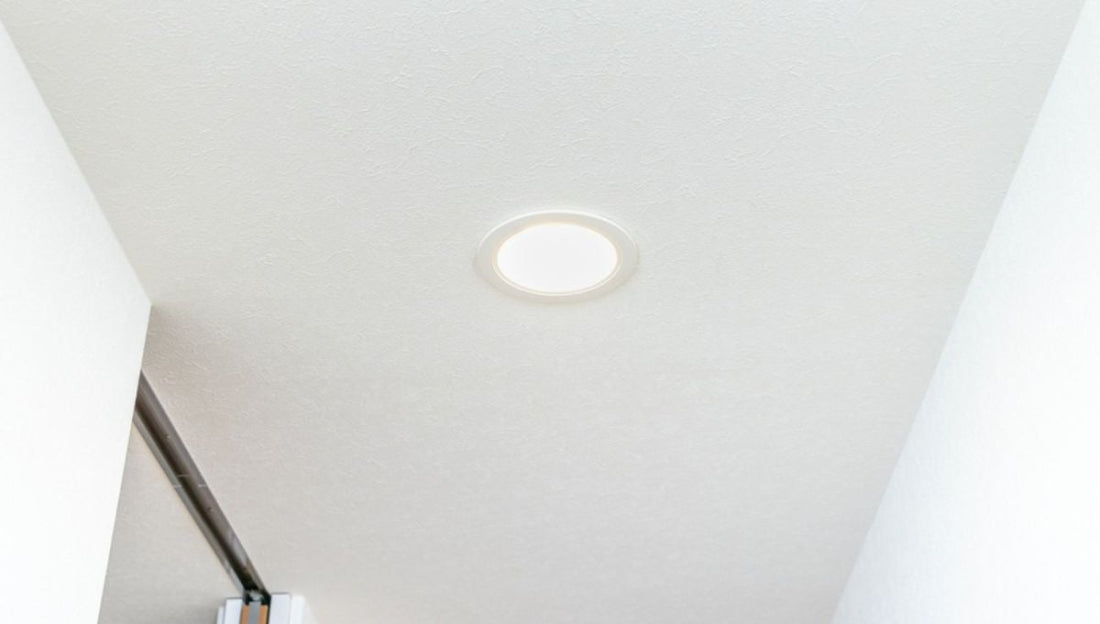
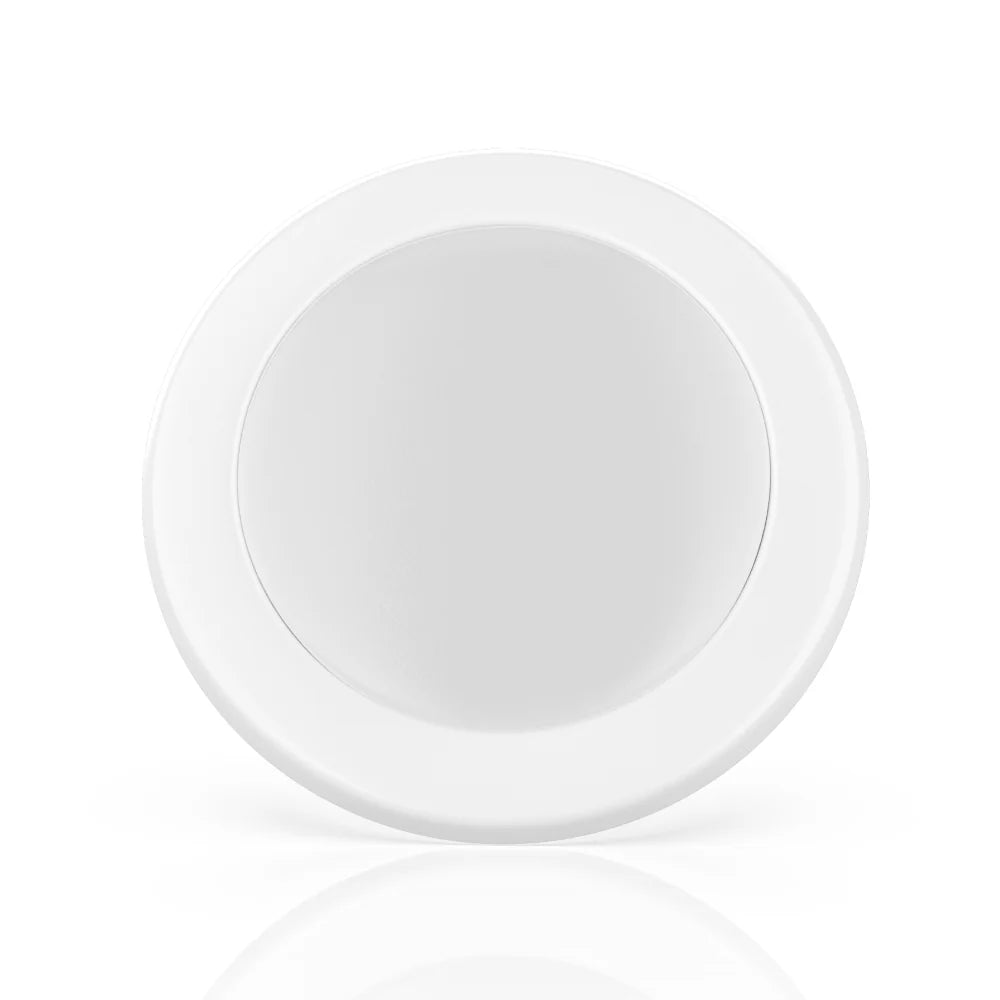
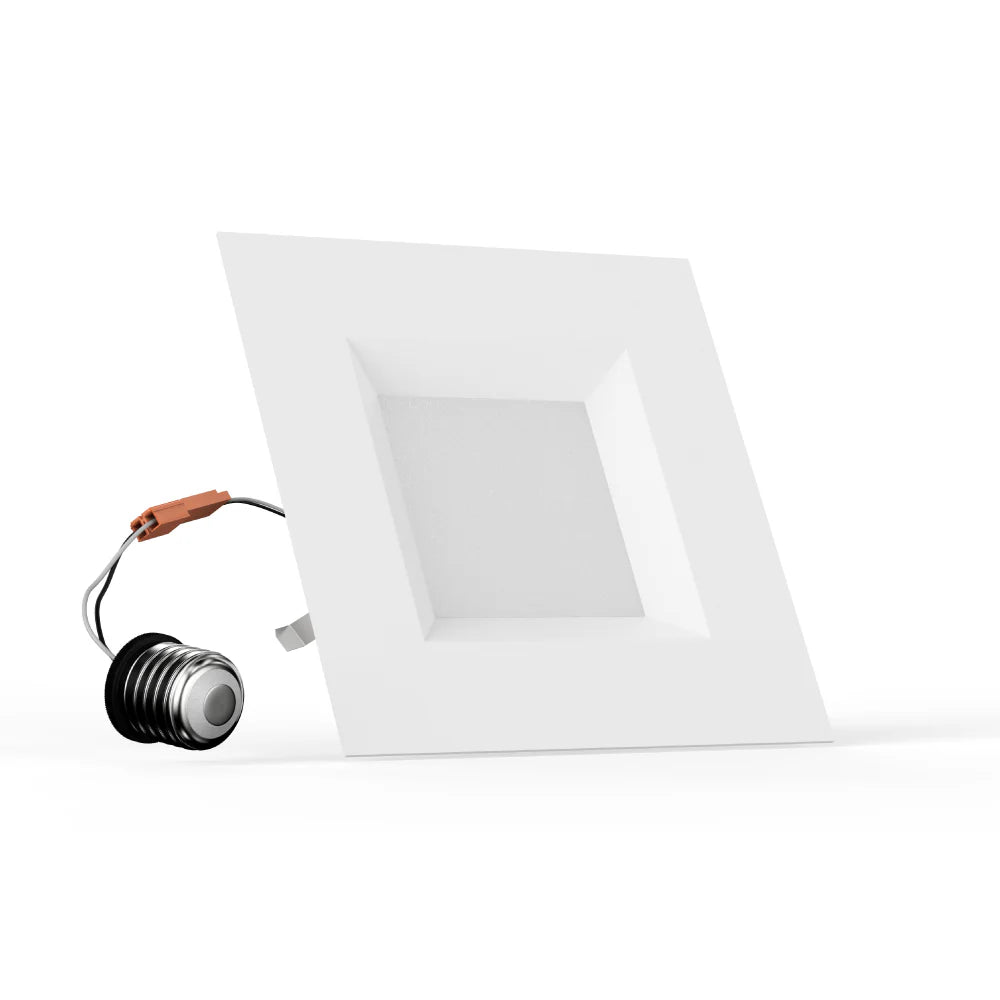
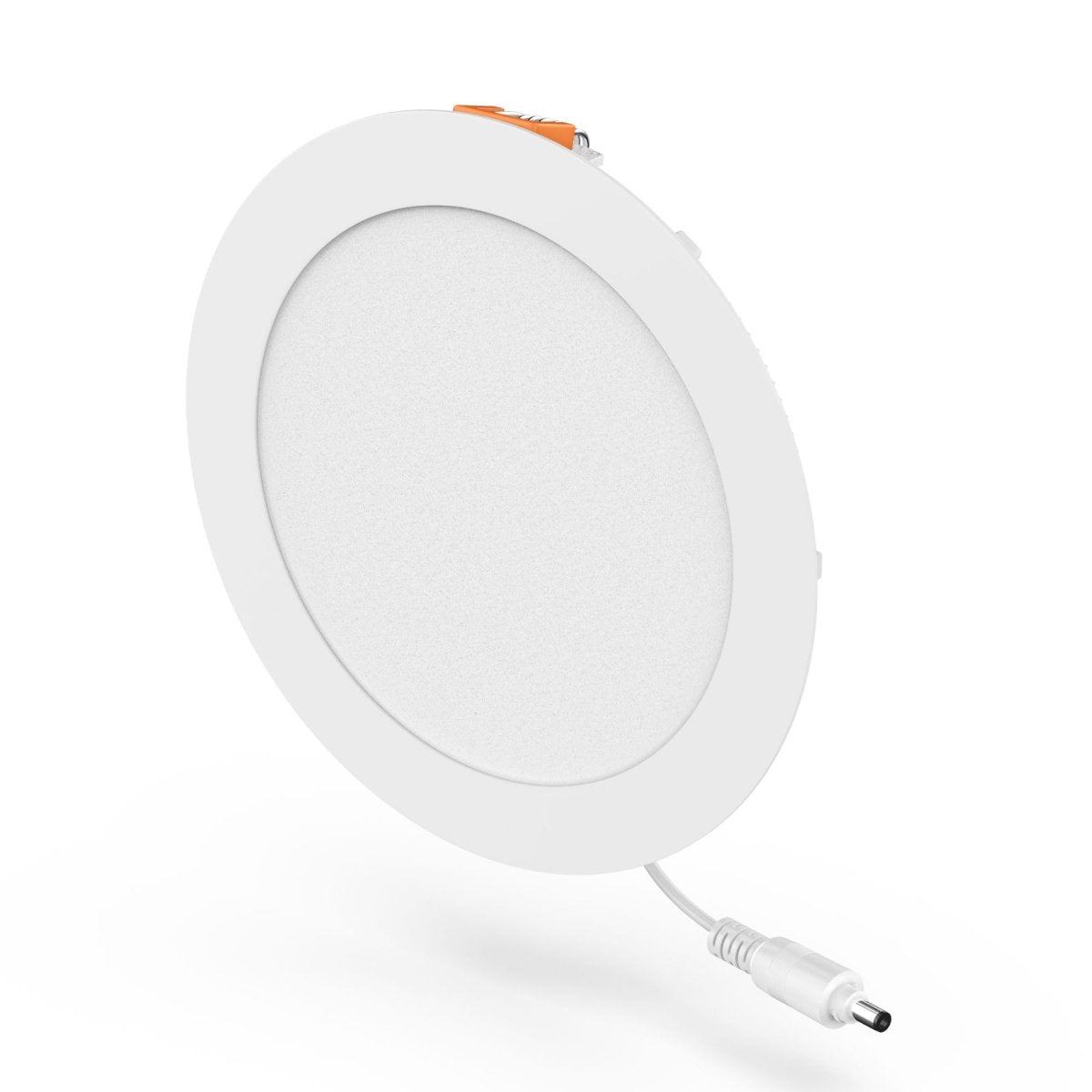
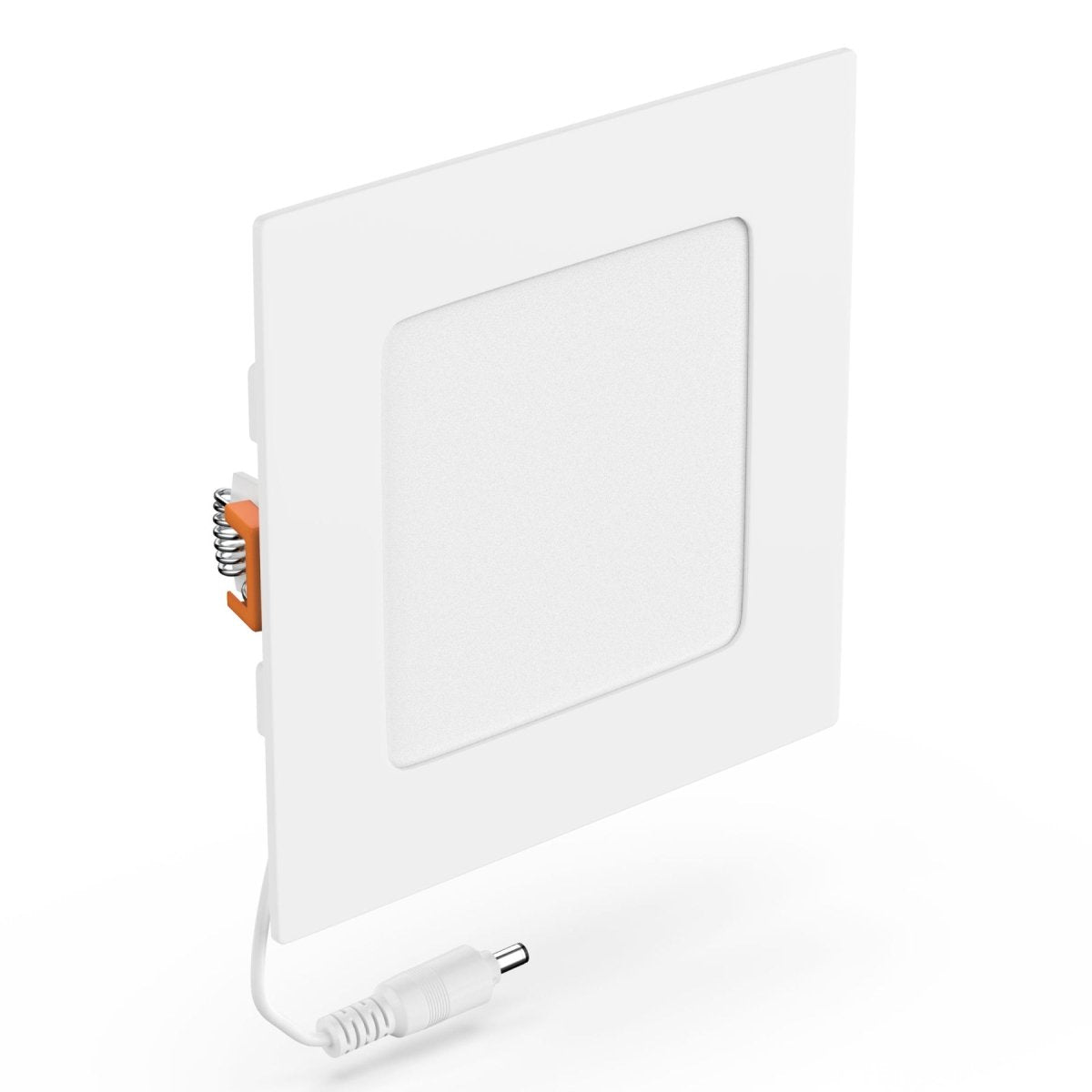
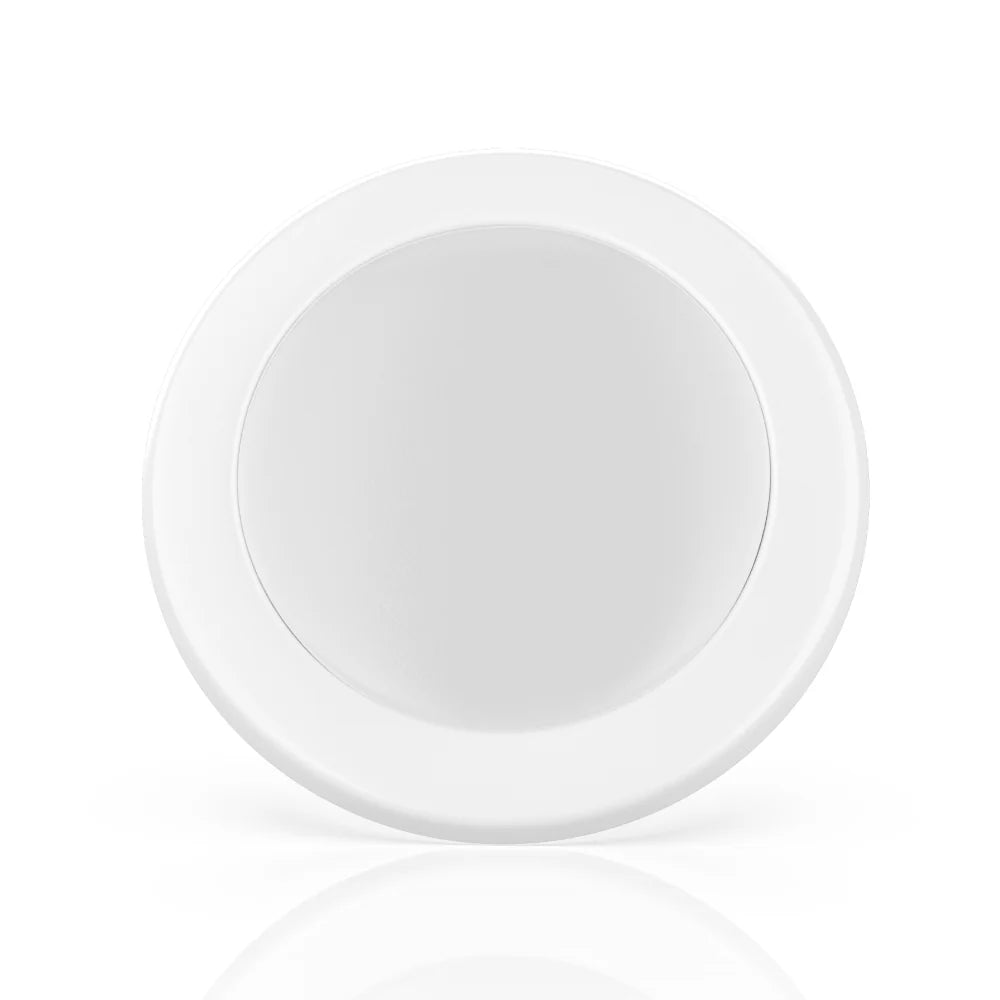

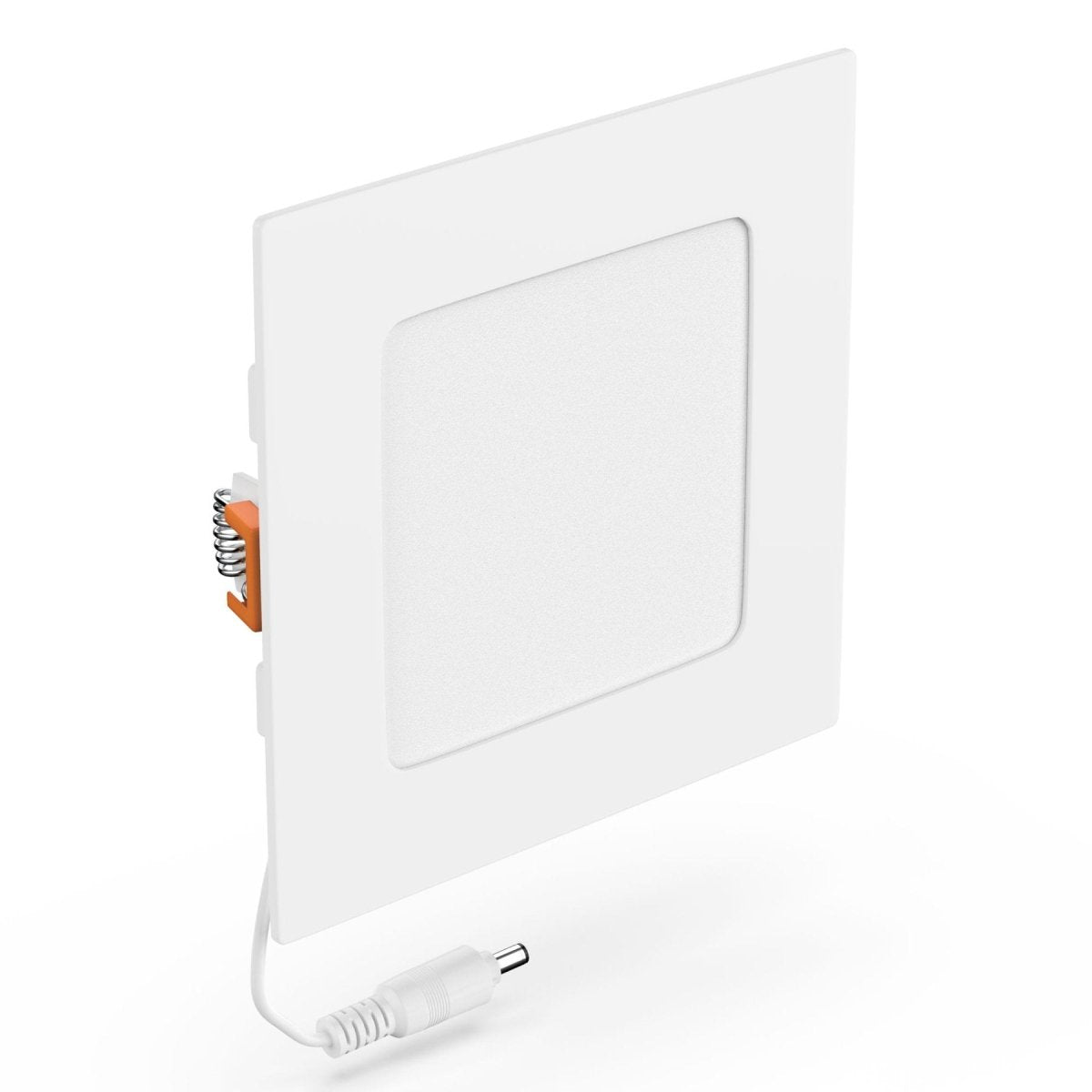
2 comments
Hi Sarojini,
It seems like your current downlights might be hardwired into the mains, rather than plugged into sockets. To confirm, you can either check the wiring yourself (if you’re comfortable) or hire an electrician to inspect it. Once you know your setup, you can purchase the appropriate LED downlights. If they’re hardwired, get ones that can be connected to the mains; if they’re plugged into sockets, get ones that fit those sockets. After purchasing, hire an electrician to install them safely. Safety first!
If you need further assistance, feel free to reach out to us at 815-697-5223. Remember, safety is our priority, so don’t hesitate to contact us for any additional help or clarification.
Thank You, LEDMyplace Team
I already have downlight in 2 rooms. Bulbs are fused. They are 10 years old. I want to replace them with led down lights. The ones I saw in the shops have plugs to insert. I want to know where are the sockets are .Is it in the ceiling.Please help me. I want someone to look into it and tell me where and what to buy. Then I can hire someone to instal it. Please help.